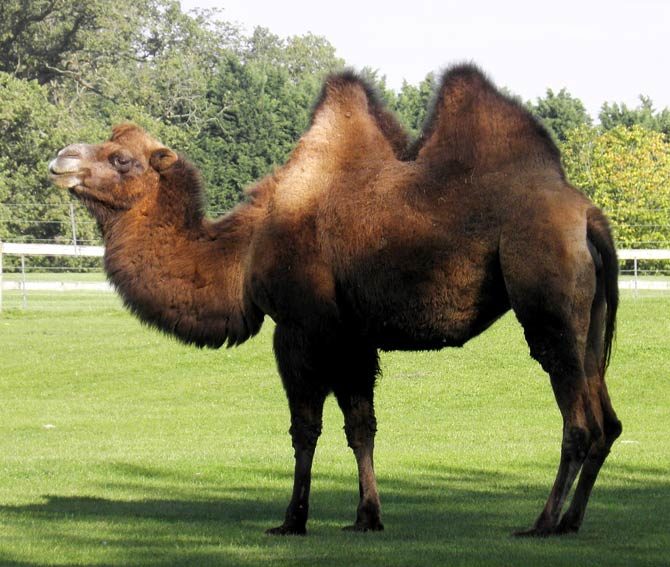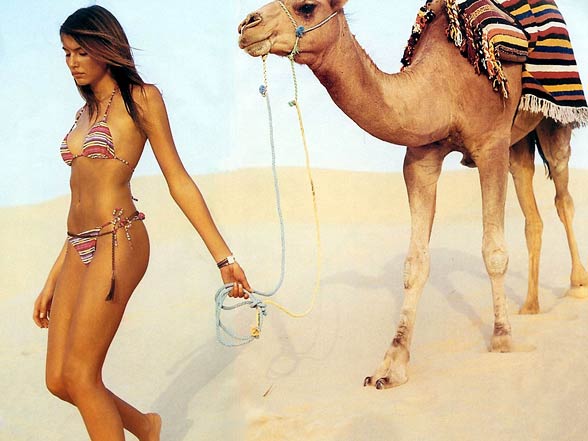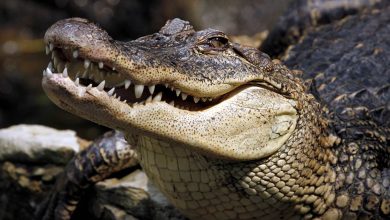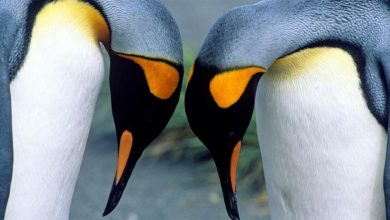Camel (Camelus)
Camels have to cope with the extremely difficult living conditions in the desert. They have therefore developed a number of features that enable them to adapt to this difficult environment.
As we know, there are two species of these animals: the one-humped one called the dromedary / Arabian camel (Camelus dromedarius) and the two-humped one called the Bactrian camel (Camelus bactrianus). Dromedary camels live mainly in the desert areas of North Africa and Arabia, while Bactrian camels are found in Central Asia (Gobi Desert).
Interestingly, camels are also animals characteristic of… Australia.
Classification
- Kingdom: Animalia
- Phylum: Chordata
- Class: Mammalia
- Order: Artiodactyla
- Family: Camelidae
- Tribe: Camelini
- Genus: Camelus
- Species
- Bactrian camel (Camelus bactrianus)
- Dormedary / Arabian camel(Camelus dromedarius)
- wild Bactrian camel(Camelus ferus)

We distinguish the following camel species:
Bactrian camel (Camelus bactrianus)
It is a large, even-toed ungulate native to the steppes of Central Asia. The Bactrian camel has two humps on its back
Wild Bactrian camel (Camelus ferus)
It is a critically endangered species of camel living in parts of northern China and southern Mongolia. It is closely related to the Bactrian camel (Camelus bactrianus). Both are large, double-humped even-toed ungulates native to the steppes of central Asia.
Dromedary / Arabian camel (Camelus dromedarius)
It is a large, even-toed ungulate with one hump on its back. The dromedary is the smallest of the three species of camel.
Hybrid camel
It is a hybrid between a Bactrian camel (Camelus bactrianus) and dromedary (Camelus dromedarius). It has different names depending on zone and language i.e.: Bertuar, Bukht, Dromano, Dromel, Iner, Iver, Majen, Nar, Tülu, Turkoman, Yaml.

Where do camels gather water?
Camels can travel long distances in search of food. When they reach some water supply, they are able to saturate the whole body with water while drinking. However, they do not accumulate water, as it is commonly believed, in the hump, but mainly in a special lining of the stomach.
Camel’s hump – what is it for?
The hump, which is the most characteristic feature in the appearance of a camel, is used to store high-energy fat. The animal derives energy from it when there is no access to food. It also helps to protect the body from excessive solar radiation.

Diet
Camels do not have a picky palate. They feed on all plants, they do not even despise thorny bushes that other animals avoid from a distance. Camels quickly digesting chewed food, can absorb large amounts of food in a short time, so they are less likely to attack predators.
Camel and man
For thousands of years, camels have been essential for the life of the inhabitants of the desert. Dromedaries serve people to ride on top. Bactrians, which are stronger, are ideal for transporting loads.
The vast majority of the current population of Bactrian camels, estimated at 1.4 million, is domesticated. The largest known wild population of these animals – living in the Gobi desert – has about 1,000 animals.

Detailed data / dimensions:
Dromedary / Arabian camel (Camelus dromedarius)
- Head-and-body length: 3 m
- Tail length: approx. 0.5 m
- Height at withers:
- males: 1.8 – 2 m (5.9 – 6.6 ft)
- females: 1.7 – 1.9 m (5.6 – 6.2 ft)
- Weight:
- males: 400 – 600 kg (880 – 1,320 lb)
- females: 300 – 540 kg (660 – 1,190 lb
- Front feet: 19 cm (7.5 in) wide and 18 cm (7.1 in) long
- Hind feet: 17 cm (6.7 in) wide and 16 cm (6.3 in) long
- Number of young people in the litter: 1
- Life expectancy: approximately 40-50 years
- Total population: 15 million (0.5 mln in Australia)

Bactrian camel (Camelus bactrianus)
- Head-and-body length: 2.25 – 3.5 m (7.38 – 11.48 ft)
- Tail length: approx. 35 – 55 cm (14 – 22 in)
- Height at withers: 1.8 – 2.3 m (5.9 – 7.5 ft) / average 2.13 m (6.99 ft)
- Weight: 300 – 1000 kg (660 – 2,200 lb)
- Running speed: max. 65 km/h
- Life expectancy: approximately 50 years
- Total population: 844,450

Camel – interesting facts
- A thick fur at night protects the camel from the cold, and during the day… isolates from the heat.
- Thirsty Camel can drink 200 liters of water once in 3 minutes!
- Camels drink at an average speed of 10-20 liters per minute.
- The camel may run at a maximum speed of 65 km / h.
- Camels are long-lived animals – they live about 50 years.
- Thanks to the small, hairy ears, long eyelashes, and the possibility of completely closing the nostrils, the camel does not get sand.
- A typical way of moving a camel is a trot. During the run, the animal looks strange – sometimes taking all four legs off the ground.
- When the animal is not forced to great effort, it can withstand up to 10 months without drinking! During this time it is much thinner, but when it finds water, the body quickly returns to its normal size.
- After transporting camels to Australia, some managed to escape and create wild flocks in the Australian deserts.
- In the past, camels were also a means of payment, and even … a dowry.
- One of the Bactrian camel types has 25 cm long hair.
- The bactrian camel can swim.

Recommended
- Grizzly
- Fastest animals
- Fastest birds
- Lion vs tiger
- Animal fights
- American lion
- European cave lion
- Smilodon – Saber-toothed tiger
- Big cats
- Black panther
- Leopard
- Snow leopard
- Lions
- Tigers
- White lions
- White tigers
- Bengal tiger
- Sumatran tiger
- Liger
- African Lion


















